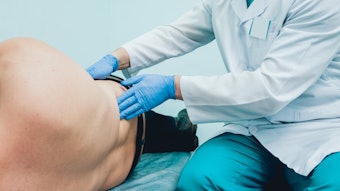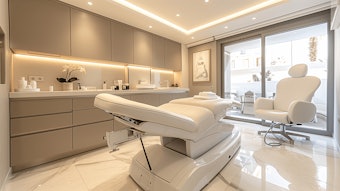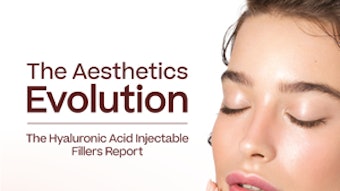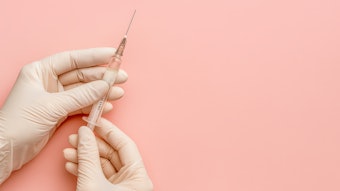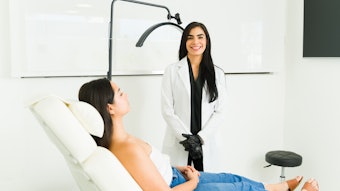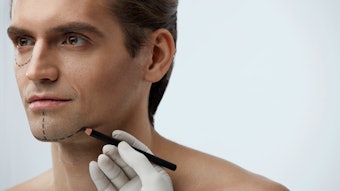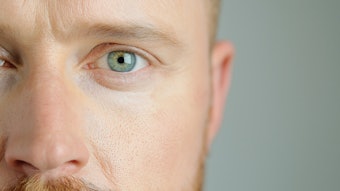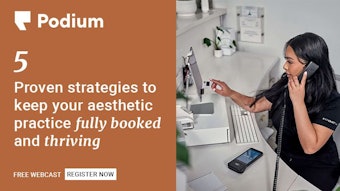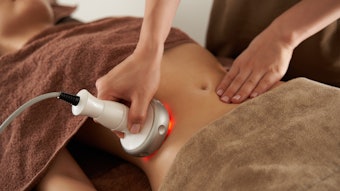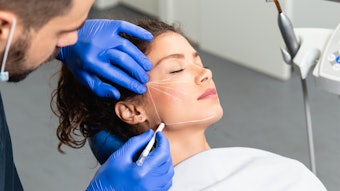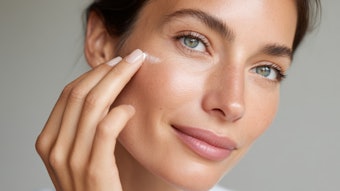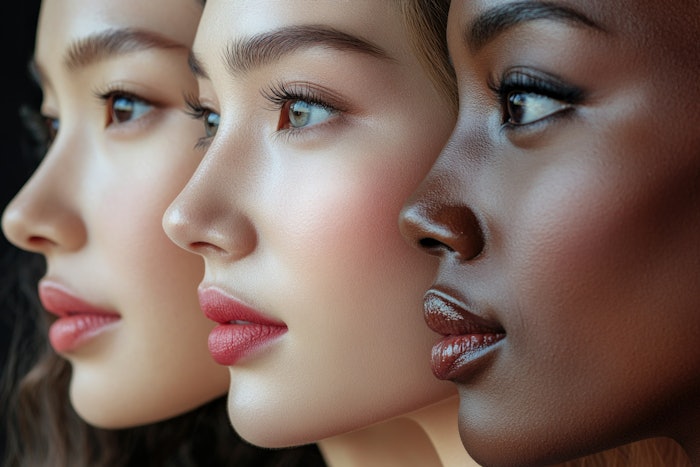
Aesthetics is a unique blend of science, creativity and identity. It is where medicine meets the deeply personal journey of how we choose to show up in the world. Historically, the field has reflected only a narrow definition of beauty–one that centers lighter skin tones and Eurocentric features, leaving many feeling unseen or excluded.
In my work as a physician focused on regenerative medicine, aesthetics and internal wellness, I witness firsthand how these longstanding gaps in representation affect patient care. People with darker skin tones are still more likely to be misdiagnosed, overlooked or offered limited treatment options simply because training, research and tools were not designed with them in mind. This is not just a missed opportunity. It is a serious clinical shortcoming that compromises outcomes and trust.
Cultural competency should never be considered extra. It is essential. When practitioners truly understand the biology of different skin types and the cultural context behind each patient’s goals, the care becomes more accurate, more respectful and ultimately more effective. It is how we move from generic treatment to deeply personalized care.
Cultural competency isn’t just about what you say. It starts the moment a patient walks into the room. I make a point to sit at or below eye level, maintain gentle eye contact, and create a welcoming energy. These small things help patients feel more comfortable, less judged, and more likely to open up. When someone feels safe, they don’t filter their words. They’ll tell you what’s really on their mind, which is so important for getting to the heart of what they are hoping to achieve.
Instead of jumping in with suggestions, I always start by asking, “What brings you in today?” or “What do you see when you look in the mirror?” That way, I’m not pointing out things they hadn’t even considered. My job isn’t to add to anyone’s insecurities. When I do give a professional opinion, I keep it grounded in their concerns, and I try to make it feel more like a conversation than a critique. It’s a delicate balance between guiding and respecting where they’re coming from.
A lot of people are hesitant to admit when they don’t understand something, especially in a clinical setting. So I slow things down and check in often by asking, “Does that make sense?” or “Any questions so far?” Sometimes I’ll even ask them to repeat something back just to make sure we’re really on the same page. I see it as an investment. The more a patient understands, the more confident they feel, and that trust always shows in the results.
Equally important is honoring patient autonomy. In aesthetics, we have a responsibility to listen before we lead. It is not about fitting people into a mold. It is about supporting them in their own vision of beauty and wellness. That kind of partnership transforms the experience for both the patient and the provider.
We are in a powerful moment of change. As medicine and aesthetics continue to evolve, our approach must evolve too. When inclusivity and cultural awareness are built into every level of care, we do not just improve outcomes. We reshape the future of the field for the better. Equity in aesthetics isn’t just about inclusion; it is about transformation. And that begins with us.
About the Author
Dr. Glenicia Nosworthy, MD (aka as “Dr. Glen”) is a pioneering Internal Medicine and Aesthetic Physician, wellness entrepreneur, and the visionary behind the Glo By Glen. As a pioneer in holistic beauty and integrative healthcare, Dr. Glen has redefined the approach to facial aesthetics—focusing on beauty from the inside out.
